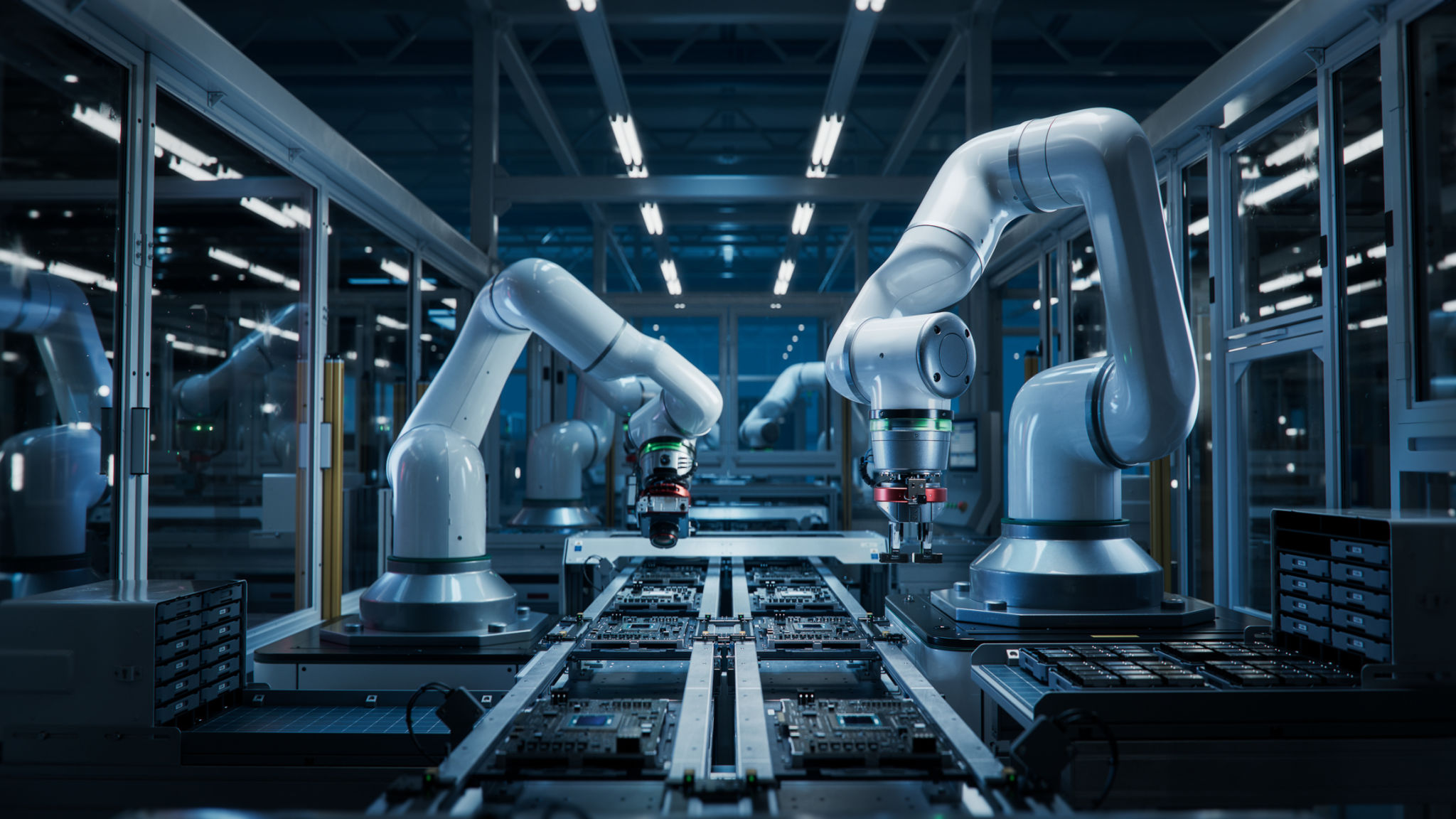Exploring the Latest Trends in Surface Treatment Automation Technology
Introduction to Surface Treatment Automation
The landscape of manufacturing and production is rapidly evolving, and one area that is seeing significant advancements is surface treatment automation technology. This technology is crucial in industries such as automotive, aerospace, and consumer electronics, where precision and efficiency are paramount. As companies strive to enhance productivity while maintaining high-quality standards, automating surface treatment processes offers a promising solution.

The Role of Robotics in Surface Treatment
Robotics plays a pivotal role in the automation of surface treatment processes. Modern robotic systems can execute complex tasks with high accuracy and repeatability, which is essential for processes like painting, coating, and polishing. These systems are equipped with advanced sensors and controllers that enable them to adapt to varying surface contours and ensure consistent quality.
Moreover, robotic systems reduce human intervention, minimizing the risk of errors and occupational hazards. This shift not only boosts productivity but also enhances workplace safety, making it an attractive option for manufacturers looking to optimize their operations.
Robotic Arm Technology
A critical component in the realm of surface treatment automation is the robotic arm. These arms are designed to perform intricate tasks with precision, often equipped with multiple joints to mimic human-like dexterity. Their ability to be programmed for specific tasks allows for versatility across different applications, from simple spray painting to complex surface finishing tasks.

Advancements in Sensor Technology
Recent advancements in sensor technology have further propelled the capabilities of surface treatment automation. Sensors now offer real-time feedback and monitoring, enabling systems to adjust parameters instantly for optimal results. This continuous monitoring ensures consistency in surface quality and reduces material wastage.
Sensors can detect surface imperfections at a microscopic level, allowing for immediate corrective actions. This precision leads to significant cost savings and improved quality control, which are crucial in highly competitive industries.
AI and Machine Learning Integration
The integration of AI and machine learning into surface treatment processes marks a new era of automation. These technologies enable systems to learn from past operations, continuously improving their efficiency and effectiveness. AI algorithms can predict potential issues and suggest preventive measures, significantly reducing downtime and maintenance costs.

Sustainability and Environmental Impact
As industries aim for sustainability, surface treatment automation technologies are also being developed with environmental considerations in mind. Automated systems are designed to optimize resource usage, reducing waste and energy consumption. For instance, precision spraying techniques minimize overspray, thereby conserving materials and reducing emissions.
Additionally, many automated systems now incorporate eco-friendly materials and processes, aligning with global efforts to reduce environmental impact. This focus on sustainability not only meets regulatory requirements but also enhances brand reputation among environmentally conscious consumers.
The Future of Surface Treatment Automation
The future of surface treatment automation looks promising as technology continues to advance at a rapid pace. Innovations such as collaborative robots (cobots) are expected to further revolutionize the industry by working alongside human operators, enhancing flexibility and efficiency.
As these technologies evolve, companies that adopt them early will likely gain a competitive edge, benefiting from increased productivity, reduced costs, and improved product quality. Investing in surface treatment automation technology is not just a trend; it’s a strategic move towards future-proofing manufacturing processes.
